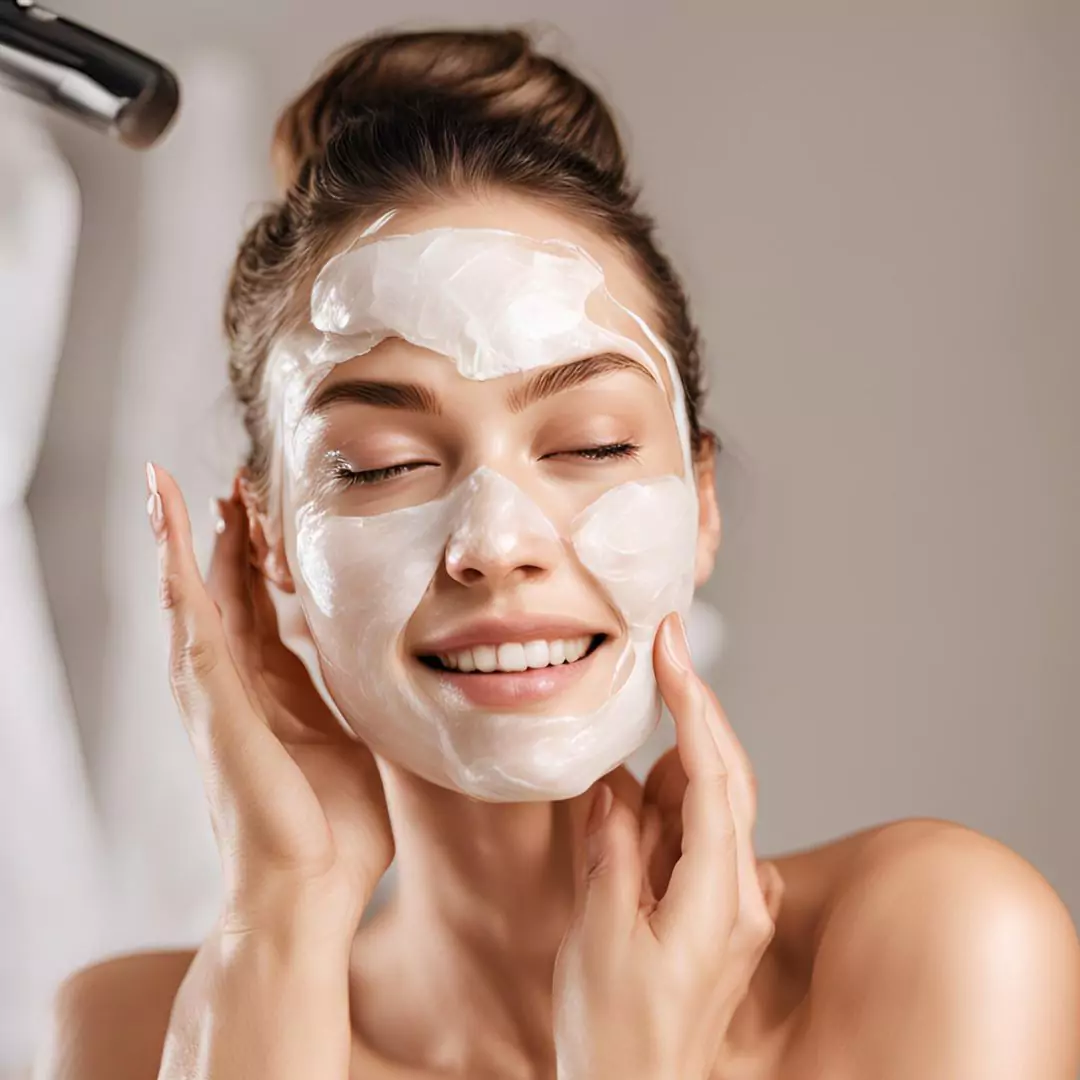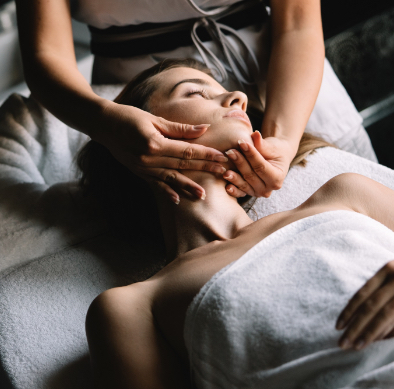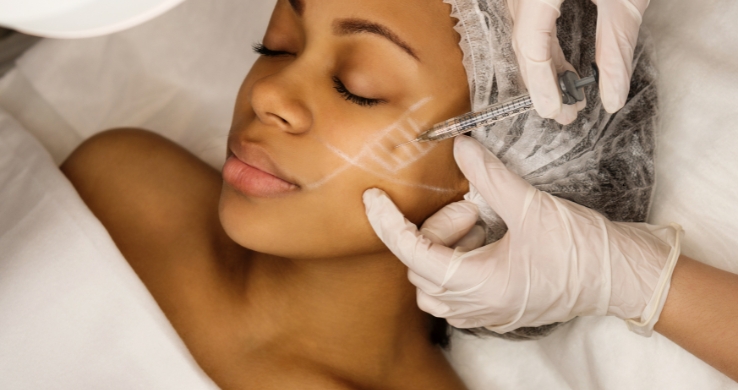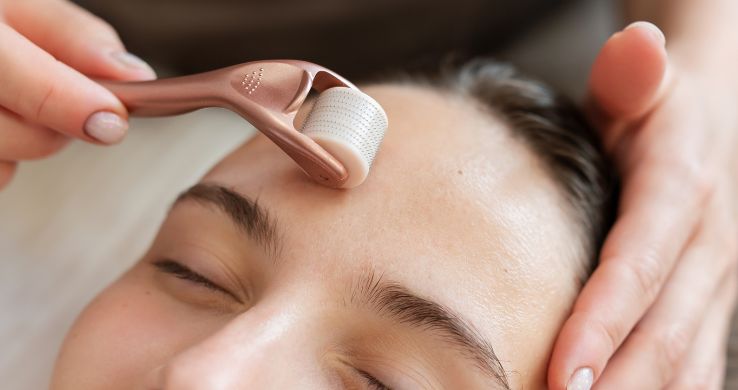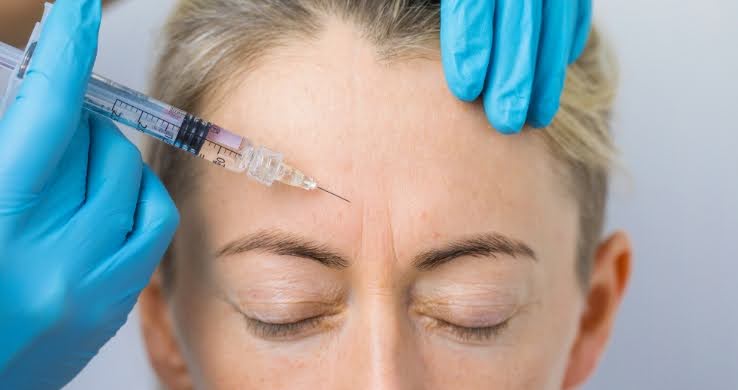Do you struggle with oily skin that is prone to acne? You’re not alone! Oily skin is a common dermatological concern, especially among teenagers. Understanding your skin type and adopting a tailored skincare routine can help you manage oily skin and control breakouts effectively. This article will explore the best skincare routine for teens with oily skin and acne, giving you the tools to achieve healthier, clearer skin.
Understanding Oily Skin and Acne
Oily skin is characterized by an overproduction of sebum, a natural oil that protects and hydrates the skin. This excess oil can mix with dead skin cells and clog pores, leading to acne breakouts. Genetics, hormone fluctuations, and environmental factors can all contribute to oily skin.
The Science Behind Oily Skin
Sebaceous glands, which are found all over our bodies, are responsible for producing sebum. In individuals with oily skin, these glands are more active, resulting in an oilier complexion. The excess oil can create a shiny appearance and make the skin prone to breakouts.
While sebum is often seen as a nuisance, it plays a crucial role in maintaining skin health. Sebum helps to moisturize and protect the skin, forming a natural barrier against external aggressors such as bacteria and environmental pollutants.
How Acne Develops on Oily Skin
Understanding the root causes of acne in oily skin is an important part of developing an effective skincare routine. There are a few different reasons skin may develop acne.
When excess sebum and dead skin cells accumulate in the pores, they can clog and become inflamed. This creates the ideal environment for the growth of bacteria, leading to acne breakouts.
Hormonal fluctuations can also play a significant role in the development of acne in individuals with oily skin, especially teens. Fluctuating hormone levels during puberty, menstruation, or times of stress, can trigger an increase in sebum production, exacerbating acne symptoms. This interplay between hormones and sebum production underscores the complex nature of acne development in oily skin.
Essential Components of a Skincare Routine for Oily Skin
A skincare routine for teens with oily skin should focus on cleansing, toning, and hydrating. These steps can help balance sebum production, unclog pores, and prevent acne breakouts.
When it comes to oily skin, pay attention to the ingredients in your skincare products. Opt for non-comedogenic formulas that won’t clog your pores and lead to further breakouts. Incorporating products with ingredients like niacinamide, which helps regulate oil production, can also be beneficial for oily skin types.
Cleansing and Toning the Skin
Cleansing is the removal of excess oil, dirt, and impurities from the skin’s surface. Use a gentle cleanser designed for oily skin, preferably one that contains salicylic acid or benzoyl peroxide. These ingredients can help unclog pores and control acne-causing bacteria.
Cleansing is important, however beware of over-cleansing the skin. Over-cleansing can strip the skin of its natural oils, leading to increased oil production to compensate. Professionals recommend cleansing oily skin no more than twice a day to maintain a healthy balance.
The Role of Toning
Toning is an often-overlooked step in skincare routines, but it is especially important for oily skin. A toner can help remove any residual oil or dirt that the cleanser might have missed. Look for a toner that contains ingredients like witch hazel or tea tree oil, known for their astringent and antibacterial properties.
Incorporating a gentle exfoliating toner with ingredients like glycolic acid or lactic acid can help slough off dead skin cells, prevent clogged pores, and improve overall skin texture for those with oily skin.
Hydrating Oily Skin: Why it Matters
Contrary to popular belief, oily skin still needs hydration. Skipping moisturizer can worsen oiliness, as the skin may produce more sebum to compensate for the lack of moisture. Opt for an oil-free and non-comedogenic moisturizer that will keep your skin hydrated without clogging your pores.
Incorporating a weekly hydrating face mask into your skincare routine can provide an extra boost of moisture for oily skin, helping to balance oil production and keep the skin looking healthy and radiant.
Choosing the Right Products for Oily Skin and Acne
The right skincare products can make a significant difference in managing oily skin and acne. When exploring the options, keep an eye out for specific ingredients and avoid products that could exacerbate your condition. Having oily skin can be challenging, so having a good skincare routine is essential.
Ingredients to Look for in Skincare Products
When choosing skincare products for oily skin, look for ingredients that can help regulate sebum production and reduce inflammation. Some examples include salicylic acid, benzoyl peroxide, tea tree oil, and niacinamide.
- Salicylic acid is a beta hydroxy acid that penetrates deep into the pores, unclogging them and preventing breakouts.
- Benzoyl peroxide works by killing acne-causing bacteria on the skin’s surface.
- Tea tree oil has natural antibacterial properties that can help reduce inflammation and redness.
- Niacinamide, also known as vitamin B3, helps to strengthen the skin barrier and improve its texture.
Products to Avoid for Oily Skin
Avoid using products that are heavy, greasy, or contain comedogenic ingredients (substances likely to clog pores). These can lead to more breakouts. Thick creams, heavy oils, and products that contain alcohol can strip the skin of its natural oils and disrupt the moisture balance.
Before making a purchase, carefully read product labels and choose non-comedogenic, oil-free, and lightweight formulas. Gel-based moisturizers and water-based products are usually good options that won’t feel heavy on the skin. By being mindful of the ingredients in your skincare products, you can effectively manage oily skin and acne without causing skin irritation.
Step-by-Step Skincare Routine for Teens with Oily Skin
Now that we’ve covered the importance of each skincare step and what to look for in products, let’s dive into a step-by-step skincare routine that is perfect for teens with oily skin.
Morning Skincare Routine
- Start by cleansing your face with a gentle, oil-free cleanser. Massage it onto your damp skin, and then rinse thoroughly with lukewarm water.
- Follow up with a toner that suits your skin type. Apply it on a cotton pad and gently swipe it across your face to remove any remaining impurities.
- Apply a lightweight, oil-free moisturizer that contains SPF. This will protect your skin from harmful UV rays while keeping it hydrated throughout the day.
Evening Skincare Routine
- Begin by cleansing your face to remove any makeup, dirt, or excess oil accumulated during the day. Double cleansing, using an oil-based cleanser followed by a water-based cleanser, can be beneficial for thoroughly removing impurities.
- Use a toner to freshen and rebalance your skin. This will prep your skin for the next steps and ensure better absorption of the following products.
- Incorporate an acne-fighting treatment into your nighttime routine, such as a spot treatment containing benzoyl peroxide or a retinoid. Apply it directly on active breakouts or areas prone to acne.
- Finish by applying a lightweight, non-comedogenic moisturizer to keep your skin hydrated overnight.
Additional Skincare Tips for Teens Managing Oily Skin and Acne
Having an effective skincare routine is a great place to start, but there is much more to healthy skin than daily cleansing! There are other factors that can contribute to oily or unhealthy skin.
Make sure to maintain a healthy diet, drink plenty of water, and exercise regularly. Eating a balanced diet rich in fruits, vegetables, and whole grains can help keep your skin clear and radiant. Staying hydrated by drinking enough water throughout the day can help regulate sebum production, preventing excessive oiliness. Exercising improves blood flow and circulation, delivering nutrients to the skin.
Try to avoid touching your face throughout the day. Our hands come into contact with numerous surfaces and can transfer dirt, bacteria, and oil onto our skin, leading to breakouts. By keeping your hands away from your face, you can minimize the occurrence of clogged pores and acne flare-ups.
Don’t forget to regularly clean your makeup brushes and sponges. These tools can harbor bacteria and oil, which can then be transferred onto your skin when you use them. By cleaning your brushes and sponges at least once a week, you can ensure that you’re not unknowingly contributing to the oiliness of your skin.
Stress can also play a significant role in exacerbating oily skin and acne. Incorporating stress-relieving activities such as yoga, meditation, or deep breathing exercises into your daily routine can help improve your skin’s overall health and reduce breakouts.
Lifestyle Changes for Better Skin Health
- Maintain a healthy diet rich in fruits, vegetables, and whole grains. Avoid excessive consumption of greasy or sugary foods, as they can contribute to acne breakouts.
- Stay hydrated by drinking plenty of water throughout the day. Proper hydration helps flush out toxins and keeps your skin supple.
- Avoid touching your face excessively, as this can transfer dirt, bacteria, and oil onto your skin, leading to breakouts.
- Incorporate regular exercise and stress-relieving techniques into your routine to improve blood circulation, reduce anxiety, and improve overall health including skin health.
When to Seek Professional Help
If your acne persists or becomes severe despite following a consistent skincare routine, it may be time to consult a dermatologist. A professional can diagnose the underlying causes of your acne and recommend appropriate treatments, such as prescription medications or professional skincare procedures.
By understanding the science behind oily skin, choosing the right products, and following a step-by-step skincare routine, teens with oily skin can achieve healthier, clearer skin. Remember, consistency is key! Don’t hesitate to seek professional help if needed. With time and dedication, you can confidently navigate the path to a more radiant complexion!

